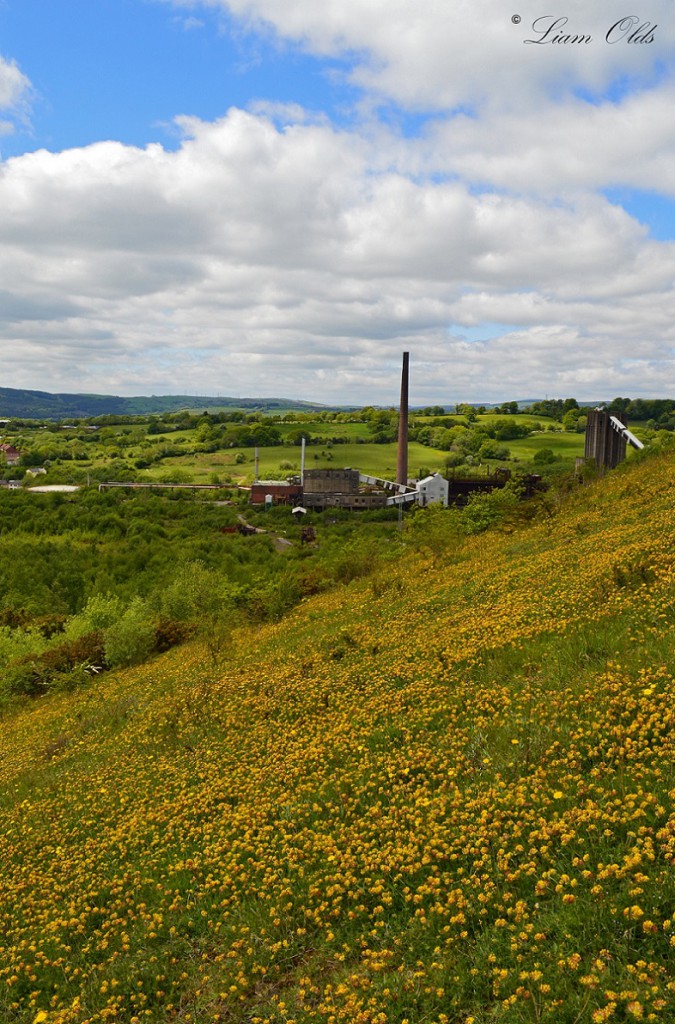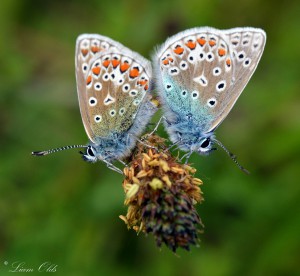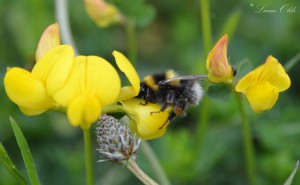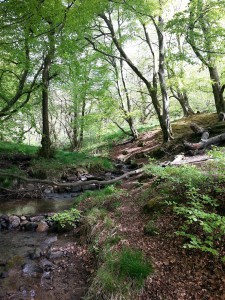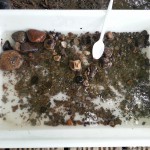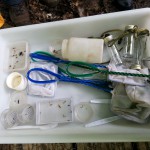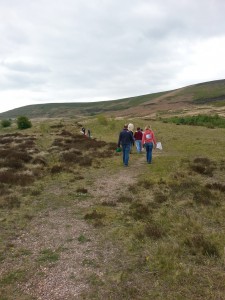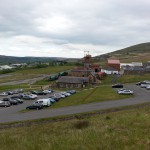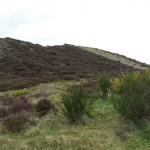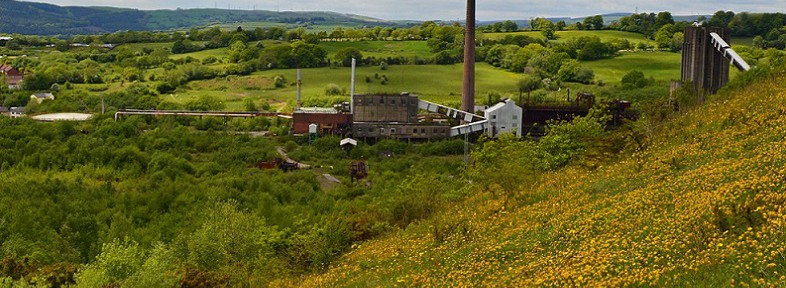
They say time flies when you’re having fun – it certainly does. Where has May gone? As such, it’s once again time to update you on my work over the past 4 weeks.
Spring is now well underway and all my sites are looking amazing. It’s astonishing the transformation that has taken place in such a short period. Previously baron landscapes just a month or so ago are now full of life. Flower-rich grasslands dominate, acting as important foraging resources for invertebrates such as butterflies and bees. On higher altitude sites, swathes of bilberry (Vaccinium myrtillus) are now in flower, attracting many pollinating insects. Fieldwork has been much the focus this month, as it will be for the next few months. The species lists I’m building are coming along nicely, especially for bees and carabids. Over the past few months, I’ve developed a great interest in bumblebees and can now confidently identify the majority of our species – although cuckoo bumblebees can be a little tricky on times. Over the past month or so, I’ve recorded 11 different bumblebee species including the scarce Mountain bumblebee (Bombus monticola) and Brown-banded carder bee (Bombus humilis) – a UK BAP priority species. Notable butterfly species include Small Blue (Cupido minimus), Dingy skipper (Erynnis tages) and Painted Lady (Vanessa cardui). Dragonflies and damselflies have only recently emerged, so the species list is currently short – although building on a weekly basis. By the end of summer, I hope to have accumulated a comprehensive species list for bees, wasps, carabids, hoverflies, grasshoppers (and allies), butterflies, and dragonflies and damselflies.
In other news, I’ve done my fair share of community engagement this month. On 16th May, I assisted with a mini-bioblitz at Silent Valley Local Nature Reserve – a Gwent Wildlife Trust reserve near Ebbw Vale. This reserve comprises numerous habitats including grasslands, wetlands, heaths and woodlands – the reserve is actually the highest and most-westerly beech wood in Britain! The reserve also contains a colliery spoil tip. On the day, I assisted with kick sampling in the river – something I’d never done before – which was brilliant. It’s surprising how many aquatic invertebrates you can find just by churning up the river bed with your feet! We found lots of caddis flies and mayflies, and the occasional stoneflies. We also ventured out onto the spoil tips where I assisted in catching and identifying bumblebees, carabids and other invertebrates. As you’d expect from colliery spoil tips, we managed to find Green Tiger beetles (Cicindela campestris). All in all, a pleasant day out.
On 23rd May, in celebration of International Day for Biodiversity 2015, I assisted with bug hunts on Coity Tips. The Coity Tips are one of numerous colliery spoil tips surrounding the Big Pit Museum at Blaenavon (formerly a working colliery until 1980). We found quite a few things including Dingy Skipper, Small Heath (Coenonympha pamphilus), Common blue (Polyommatus Icarus), Common Heath (Ematurga atomaria) and numerous ant, spiders and flies.
Then on 26th May, I travelled to Weston-super-Mare to assist Jason Leck (TCV Bristol), Avon Wildlife Trust, and Alliance Homes in creating a community pond in a local housing estate. It was great to do some practical conservation work for a change. Can’t wait to see it once it’s finished!
And that pretty much sums-up my month. It’s been, yet again, a great month! With warm, dry weather forecast for early June, I’m sure next month will be even better. Stay tuned.

